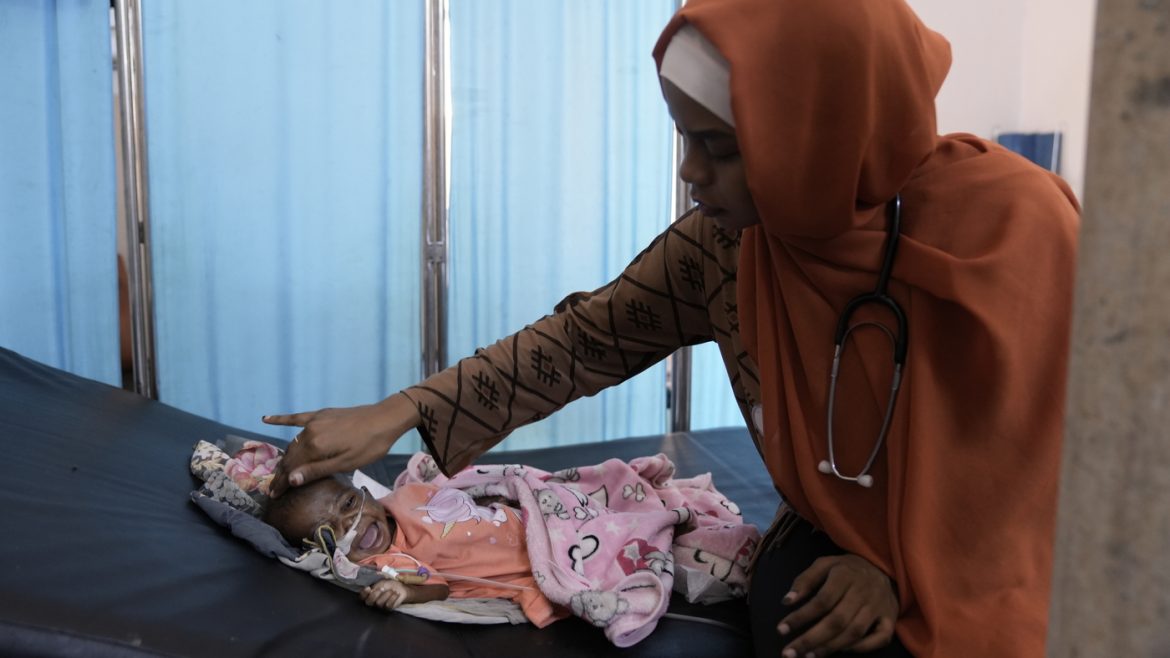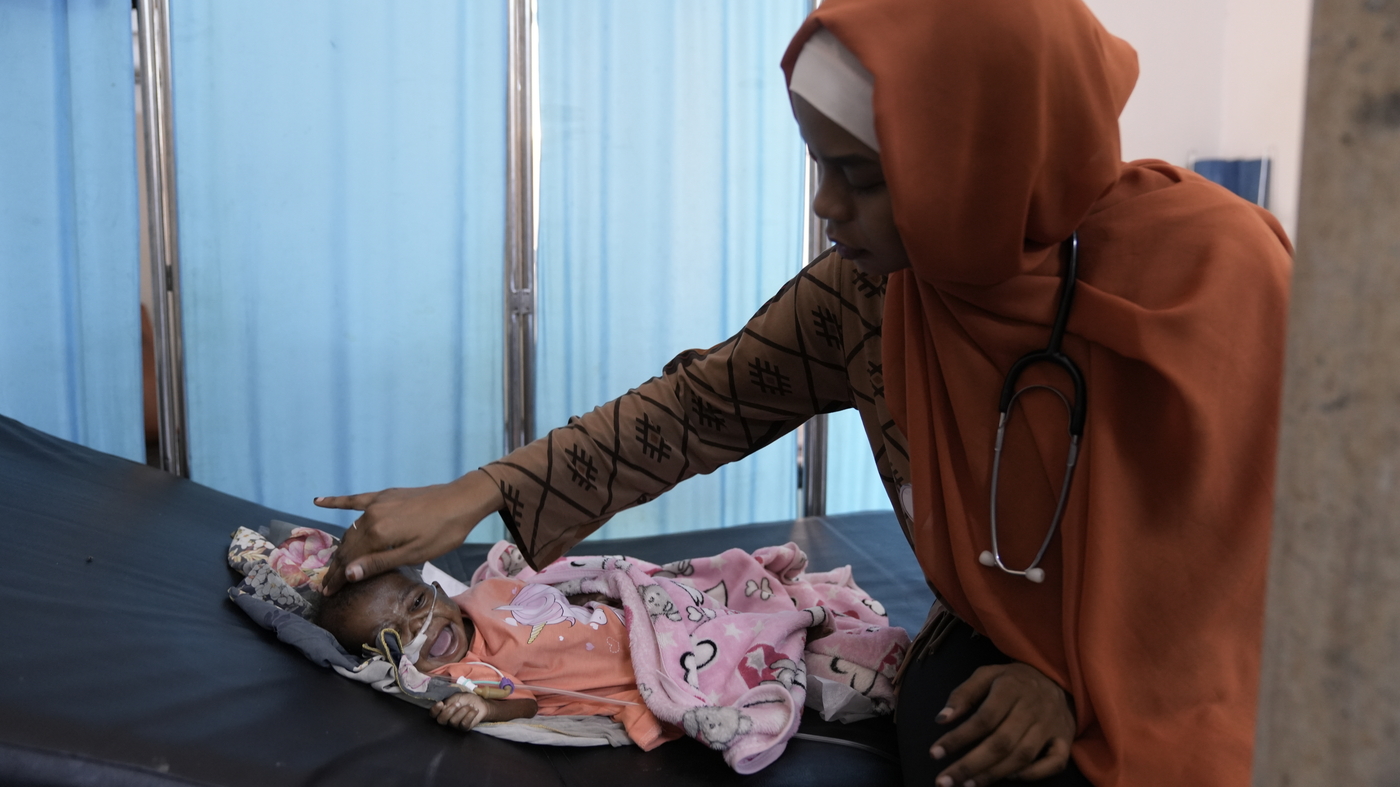The Devastating Impact of War on Sudan’s Health Care System
Sudan, one of Africa’s largest countries, has endured over two years of brutal civil conflict that has triggered a catastrophic humanitarian crisis. At the heart of this crisis lies the collapse of a once-fragile health care infrastructure, now reduced to near ruins. The war’s relentless toll on hospitals, medical personnel, and essential services has left millions without access to basic health care, compounding the human suffering wrought by displacement, starvation, and violence.
—
The Scale of Destruction: From Fragility to Near Total Collapse
Before the conflict, Sudan’s health system was already under strain due to economic challenges and limited resources. However, the war has accelerated its deterioration exponentially. Reports from the World Health Organization indicate that between 70% to 80% of hospitals and health centers in conflict-affected regions are no longer operational. In Khartoum, the capital and epicenter of much of the violence, medical facilities have been systematically targeted, suffering from numerous attacks, shortages of supplies, and power outages.
Doctors Without Borders (MSF) has warned repeatedly of health care on the verge of collapse in Khartoum, emphasizing that humanitarian workers face travel restrictions that further complicate delivering essential medical services. The crisis extends beyond the capital, engulfing regions like North Darfur, where the health system is also near collapse due to violence and mass displacement.
—
Attacks on Health Infrastructure and Medical Personnel
The targeting of hospitals, clinics, and ambulances has become a grim hallmark of the conflict. Over 60 reported attacks on health facilities since the war began have resulted in significant mortality among both patients and health workers. These assaults have not only damaged infrastructure but instilled fear among medical staff, many of whom have fled the country or ceased work amidst insecurity.
This destruction profoundly compromises the system’s ability to provide critical care. Remaining facilities operate under extreme conditions, often improvising with limited equipment and scarce medicines. In some cases, hospitals function in makeshift settings—like living rooms converted into field hospitals—to continue treating civilians trapped amid the fighting.
—
Human Resources in Crisis: Medical Staff Flight and Training Disruptions
The war’s impact extends deeply into the human workforce sustaining health care. Many medical professionals have fled Sudan to escape violence and deteriorating living conditions, further draining the country’s capacity to meet urgent health needs. Those who remain face overwhelming workloads, risking their safety without adequate supplies or support.
Training and education for new health workers have also been severely disrupted. Medical students experience interrupted studies, restricted access to facilities, and limited mentorship opportunities. This interruption risks a long-term shortage of qualified health staff, threatening the future recovery and resilience of Sudan’s healthcare system.
—
Humanitarian Responses Amidst Chaos
Despite immense challenges, local communities, charities, diaspora networks, and international organizations have mobilized to fill the gaps in care. The World Health Organization and partners continue efforts to coordinate health response, reinforce disease surveillance, and distribute lifesaving medicines despite hampered access due to security concerns.
Innovative grassroots initiatives have emerged, such as community groups using websites and apps to locate medicine, water, and health services for those trapped in conflict zones. Mobile clinics aim to reach displaced populations, although the scale of need often far exceeds available resources.
Nobel Peace Prize recognition of Sudan’s Emergency Response Rooms highlights the extraordinary bravery and ingenuity of those striving to sustain care amid destruction. Still, these acts of resilience underscore the vast scale of systemic collapse they confront.
—
The Broader Humanitarian Implications
The deterioration of Sudan’s health care system heightens suffering beyond the direct casualties of war. Lack of access to routine and emergency medical services risks increased mortality from treatable conditions and outbreaks of disease. Starvation and displacement exacerbate health vulnerabilities, particularly among children, women, and the elderly.
The disintegration of health infrastructure also diminishes the country’s ability to manage chronic illnesses and maternal-child health, creating a long-term public health crisis. This crisis feeds into a vicious cycle where deteriorating health conditions contribute to broader social instability and hardship.
—
Conclusion: The Fragile Path to Recovery
Sudan’s health care system stands as one of the most visible casualties of a war that has shattered infrastructure, displaced millions, and challenged humanitarian response capacity. The near-total collapse of hospitals and clinics, destruction of medical supplies, mass exodus of healthcare workers, and ongoing violence have created a dire health emergency affecting millions.
Efforts to save and rebuild Sudan’s health care infrastructure hinge on immediate cessation of hostilities, the lifting of restrictions hampering humanitarian action, and sustained international support. Without urgent intervention, the damage risks becoming permanent, leaving generations bereft of the medical care that forms the foundation of public well-being.
Yet amid destruction and despair, the courage of frontline medical workers and community resilience offers a beacon of hope that Sudan’s health system, battered but not broken, might one day be restored to serve its people once more.


